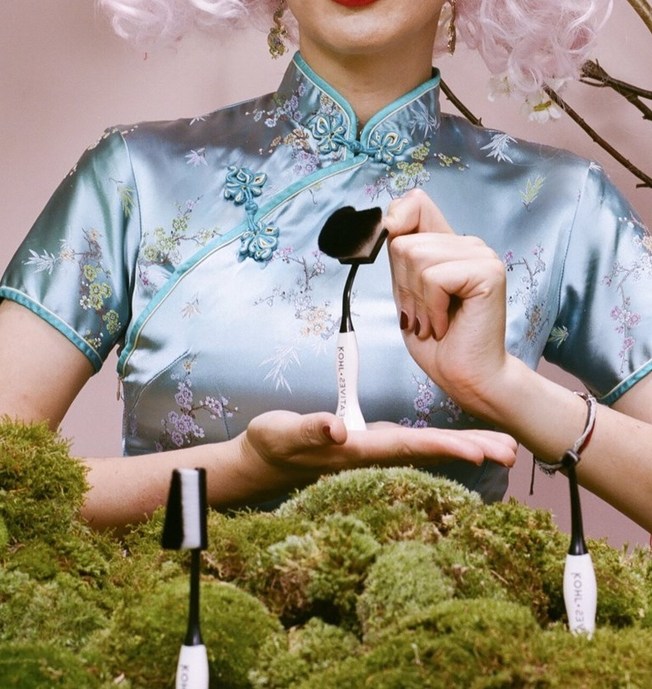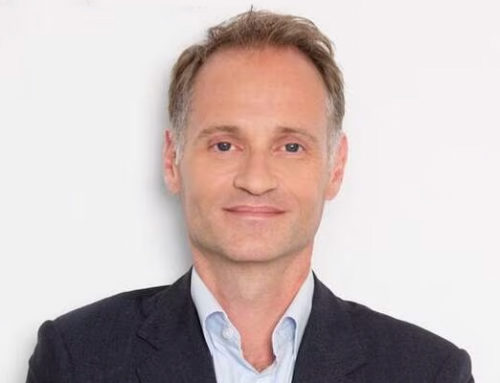Sumaira Latif had been working at Proctor & Gamble for more than a decade when she decided to make them see things her way. Literally: Latif is blind, and she got other P&G employees and decision-makers to experience disability, even for a short time, with the use of dark glasses, wheelchairs and special gloves that simulated motor disabilities. “I got them to experience living just even one hour with a disability, accessing our own products and services that we’ve created,” she says. After that, she explained the business case for catering to people with disabilities: It’s a population with an estimated $8 trillion in disposable income that the company wasn’t pursuing. “They said, ‘OK, let’s do it.’”
A week later, Latif was appointed the head of P&G’s diversity initiative and swiftly set about tackling a major problem for the blind and visually impaired: In the shower, all bottles feel basically the same. Bottles of the popular Herbal Essences brand were redesigned last year to put tactile reminders of which is which, with raised vertical lines on shampoo bottles and a grid of circles on conditioner bottles. The labels don’t use Braille, because fewer than 10 percent of blind people in America can read it, and, Latif says, the point was to make a system that worked for the largest possible number of people. The company’s also working with the app Be My Eyes — which connects the visually impaired with random sighted people who can help them distinguish between two cans or fix smudged lipstick — to offer a hotline about its products through their software.
Latif’s revolution within P&G is part of a broader shift. Fashion has, in recent years, started signaling greater awareness of the needs of people with disabilities — disabled models have been seen in Fashion Week events from New York to London, and retailer ASOS premiered wheelchair-friendly clothes last year. Now, the beauty industry, which was lagging behind, is starting to catch up too, with a mix of small companies and major initiatives from larger ones. They’re recognizing what Latif explained to her bosses: that there’s more than just social responsibility at stake; there’s a relatively untapped market out there too. An estimated 15 percent of the world’s population is disabled, and as societies everywhere age, that number is forecast to rise.
Sourced through Scoop.it from: www.ozy.com



Leave A Comment